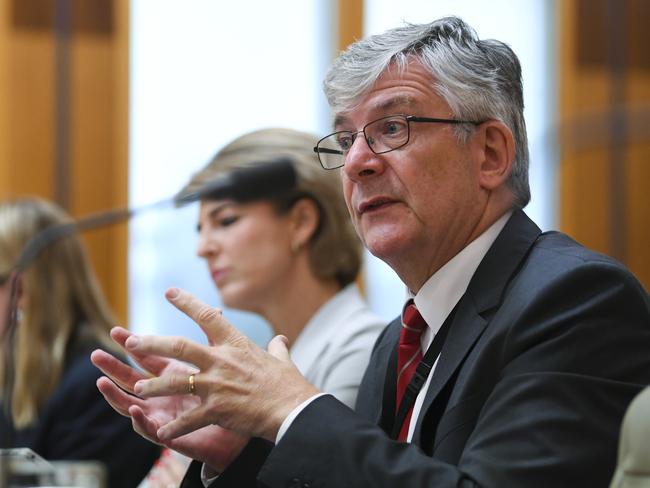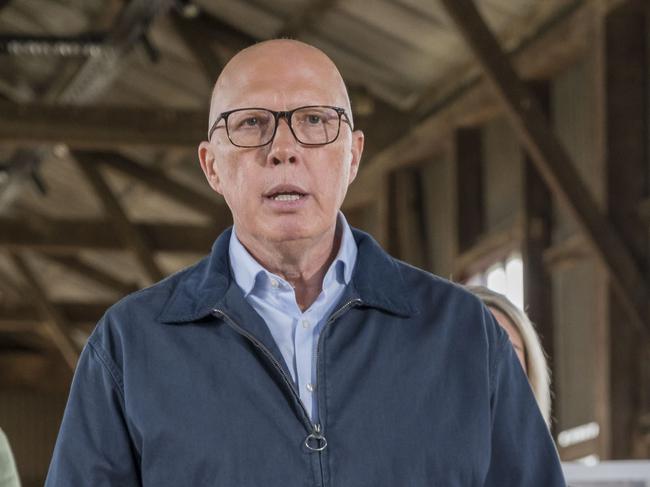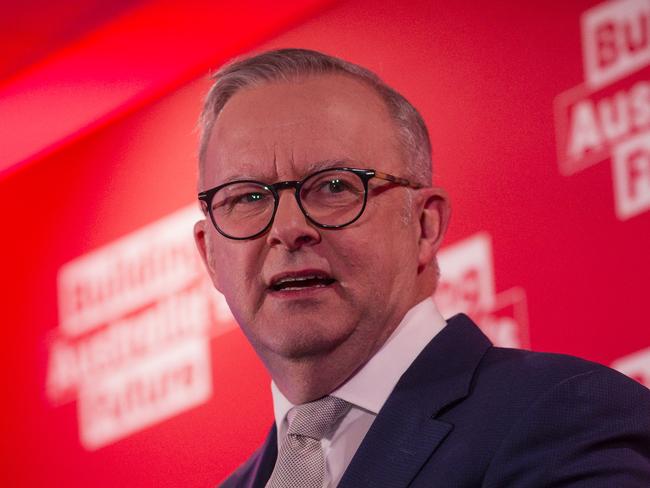Nuclear power is cheaper than an electricity grid reliant on solar and wind, energy expert says
The cost of nuclear-powered energy grids compared to solar and wind has been revealed – and the results might surprise you. See how and why.
National
Don't miss out on the headlines from National. Followed categories will be added to My News.
EXCLUSIVE
An electricity grid that includes nuclear power is cheaper than one mainly reliant on solar and wind because far less new transmission infrastructure is required, an Australian energy expert says.
Ahead of the release of the first costings of the federal Opposition’s proposal for seven reactors, former Australian Nuclear Science and Technology Organisation (ANSTO) chief Adi Paterson told this masthead that there was a “compelling logic” in the Coalition’s plan because the sites selected were already connected to the system.
Dr Paterson said research published in the most respected engineering journals in the world had shown nuclear was cheaper than renewables because it doesn’t require as much new grid infrastructure.
“It’s like building a factory in an industrial zone as opposed to building a new industrial zone,” he said. “Going greenfield on something is really difficult.
“If you’ve got the grid, use the grid.”

Another former high-ranking ANSTO official, John Harries, told this masthead: “I’m confident that adding nuclear to the grid will be economic and will be great for both supply and reliability.”
Costings of the Coalition’s nuclear proposal, by Frontier Economics, could be made public as soon as this week.
Frontier did not respond when contacted on Wednesday.
While the price tag on Peter Dutton’s vision is not known, it is expected to be comparable to the $642 billion estimate Frontier recently ascribed to the Albanese government’s strategy.
That estimate was more than five times what Labor had said. According to Frontier, one of the main reasons for the difference was unbudgeted new transmission costs.

The Coalition has proposed building reactors on the sites of coal-fired power stations: two in each of NSW and Queensland and one each in Victoria, South Australia and WA.
Dr Paterson said such was the scale of the transmission infrastructure required to support renewables, nuclear reactors could be rolled out just as quickly “if there was a strong intent to do it as a country.”
He noted there is a federal ban on nuclear and state bans in Queensland, NSW and Victoria.
Labor and government agency CSIRO have said nuclear power is far more expensive than renewable energy.
Climate Change and Energy Minister Chris Bowen has this week said a new CSIRO-led “GenCost” report confirmed “the most affordable path to deliver reliable energy in future is with new renewable generation and storage, firmed by gas and pumped hydro.”
Mr Bowen also said he could “cite 11 other reports showing renewables are much cheaper than nuclear.”

The Albanese government is targeting 82 per cent renewable energy in Australia by 2030 to help achieve its legislated goal of a 43 per cent reduction in carbon emissions by that time.
University of Queensland adjunct professor Stephen Wilson said a target-driven rollout of renewables in relatively remote locations was possibly the “biggest capital misallocation in Australian history.
“There is no guarantee it will even work as an engineering system,” Prof Wilson said.
But dissenting voices were not being listened to, he argued.
Originally published as Nuclear power is cheaper than an electricity grid reliant on solar and wind, energy expert says





